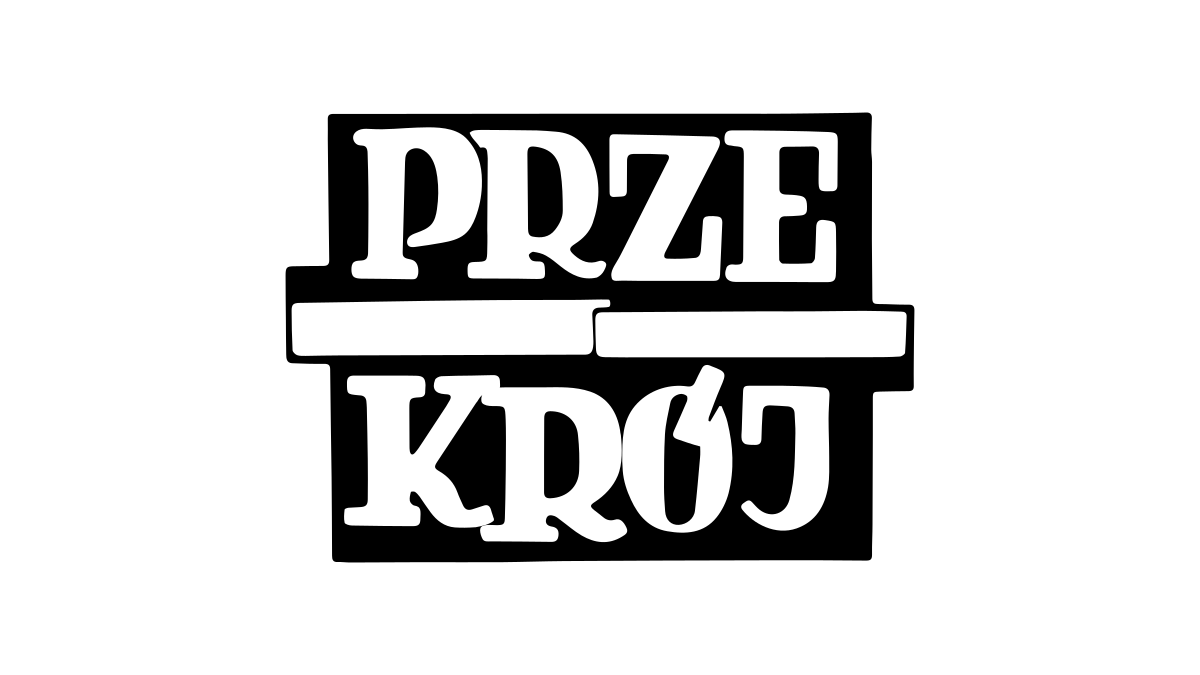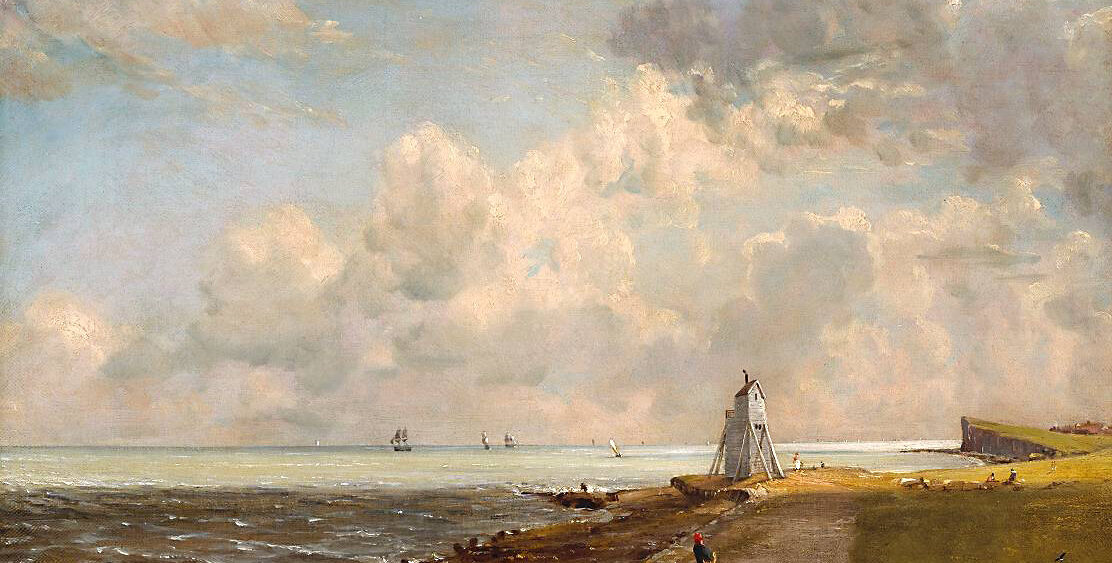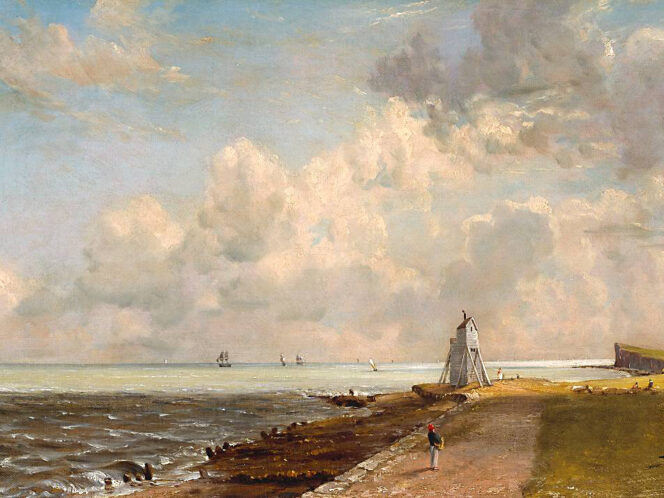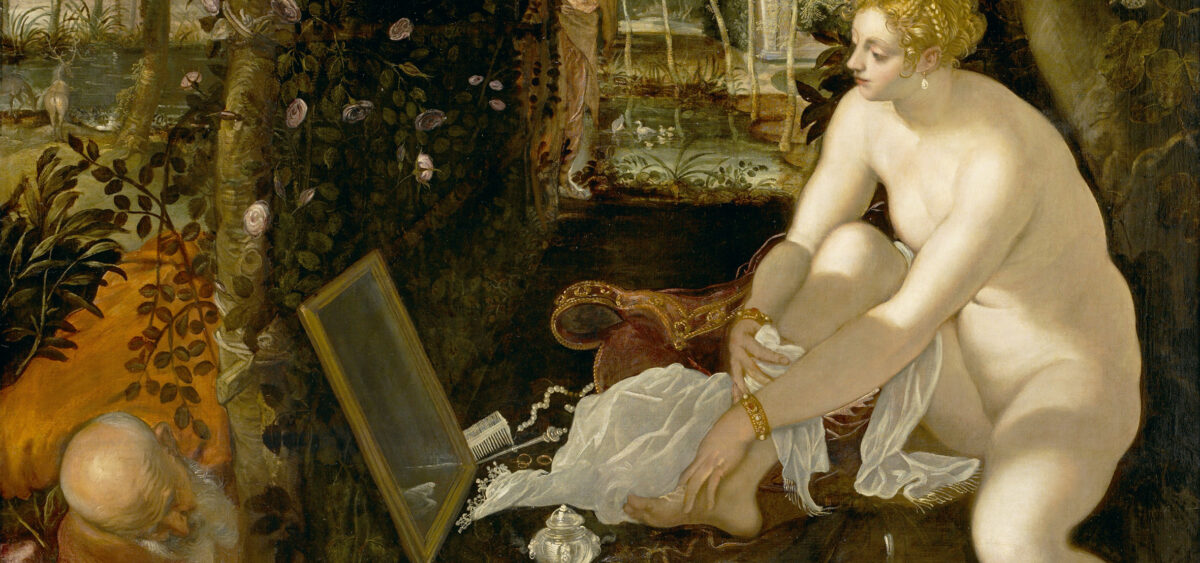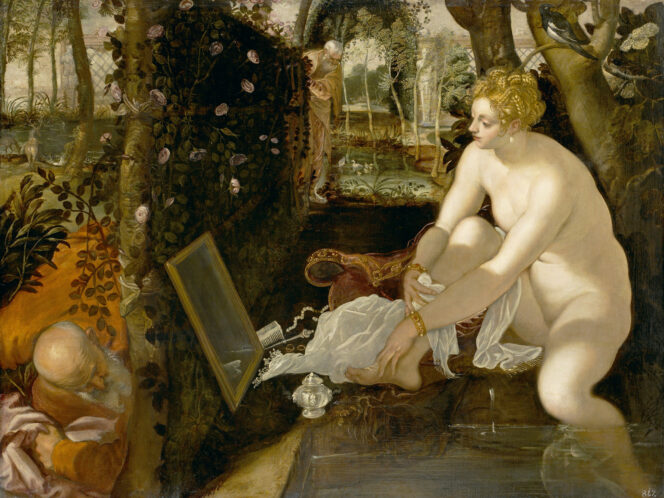
They helped artists who were trying to find a visible form for supernatural phenomena. They allowed for the introduction of emotions and fantasy into a rational space. They inspired the imagination. It seems that lying on your back and staring into the clouds can also help you to understand painting.
Art historian Chiara Frugoni has studied Giotto’s Franciscan series in the Basilica of Saint Francis of Assisi for a few dozen years. But it was only in 2011, during the renovation of the frescoes, that she climbed the scaffolding. She suddenly noticed a devil-shaped cloud in the scene of Saint Francis’s death. A profile with a hook nose and a sinister smile is quite distinct. But it was missed earlier even by the experts; we usually see things that we expect to see… A demon is fighting against angels and obstructs a soul’s journey to heaven. Perhaps the Satanic face in the clouds is a mischievous joke of the medieval artist. Up until now, it was thought that Andrea Mantegna was the first who hid figures in the clouds in the second half of the 15th century. In the St. Sebastian of Vienna, he placed a cloudy rider in the left upper corner. Armed with a sickle to cut through the cloud, he was sometimes identified with the Roman god Saturn; the symbol of the devastating power of time.
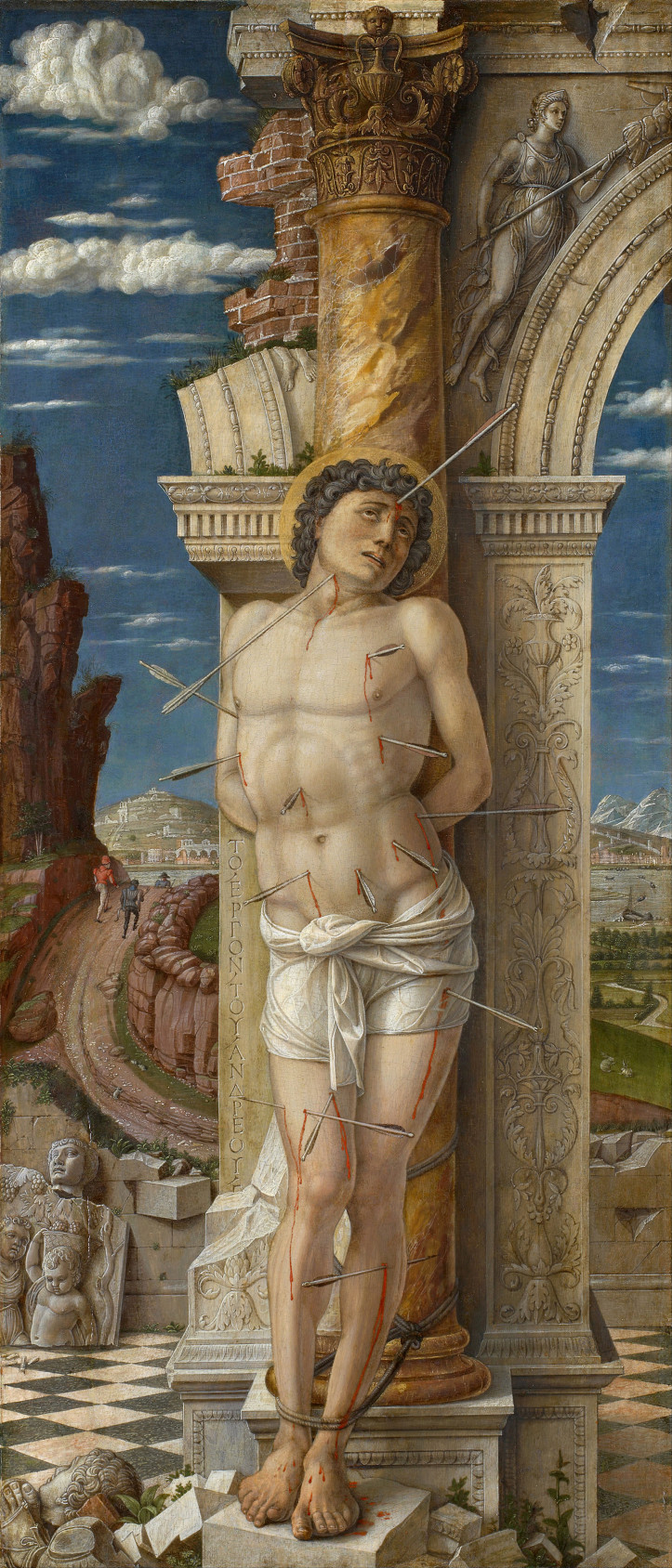
Mantegna repeated a similar trick four decades later in The Triumph of the Virtues, painted for Isabella d’Este. In this painting, the faces of the Virtues emerge from fluffy clouds.
In a natural halo
In Early Christian art, heaven was interpreted in the sacral context. Up until the end of the Middle Ages, it was shown as a smooth, golden surface. This gorgeous screen signalled God’s presence and ruled out all earthly connotations. However, the Gospel itself seems to encourage including clouds. “Thou hast said: nevertheless I say unto you, Hereafter shall ye see the Son of man sitting on the right hand of power, and coming in the clouds of heaven,”
